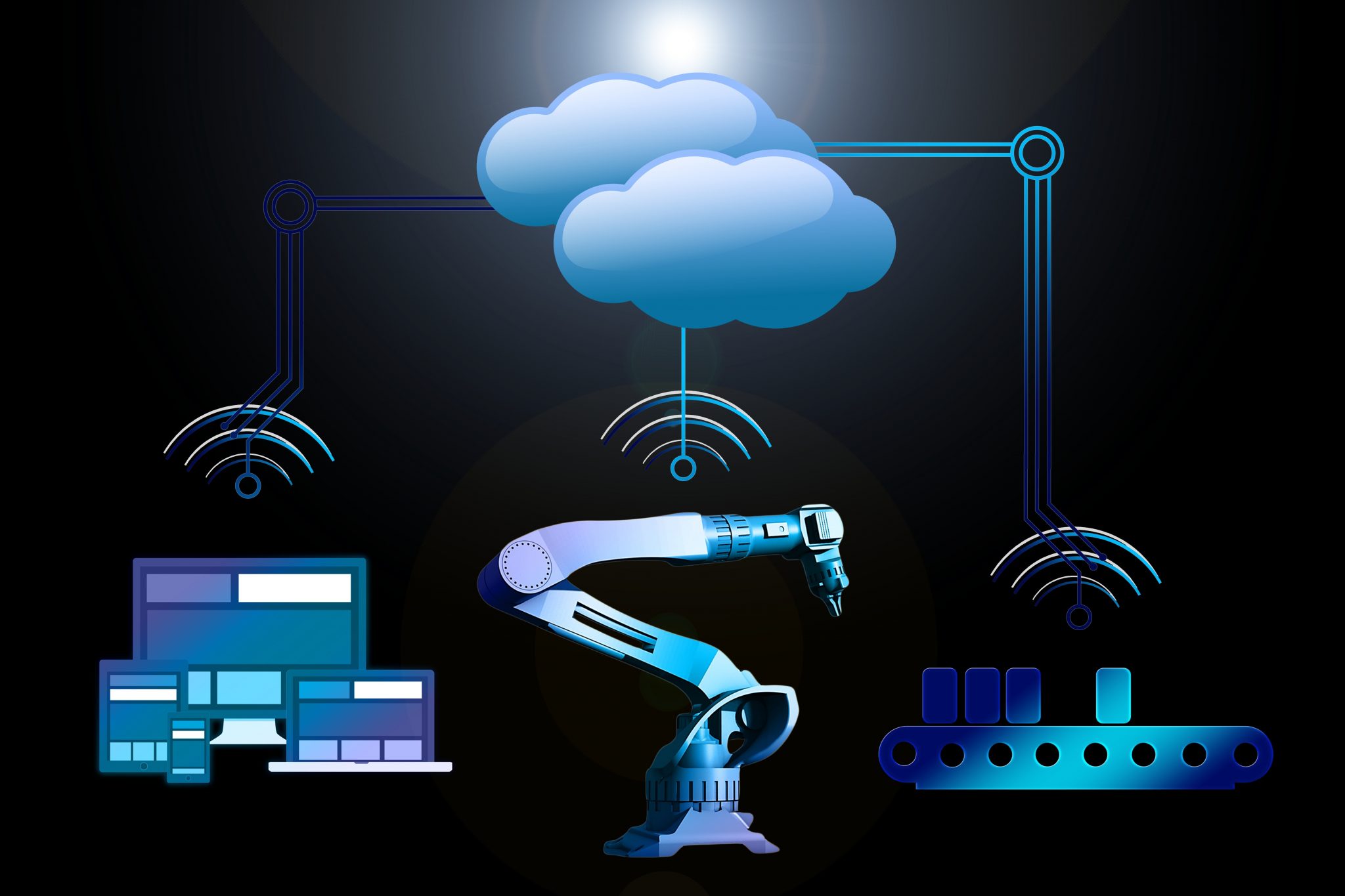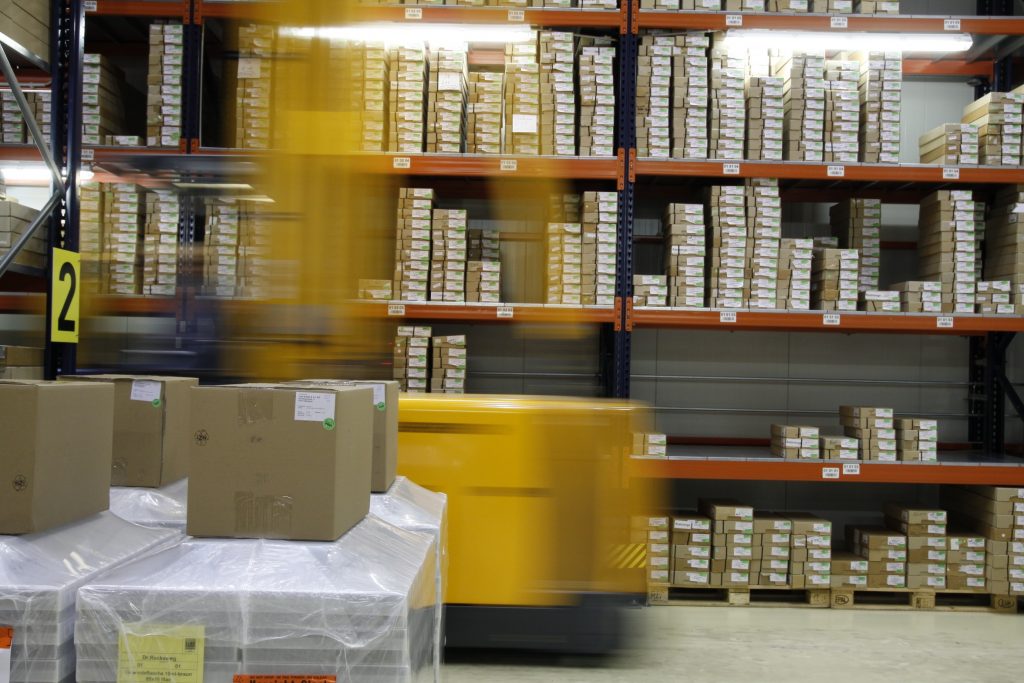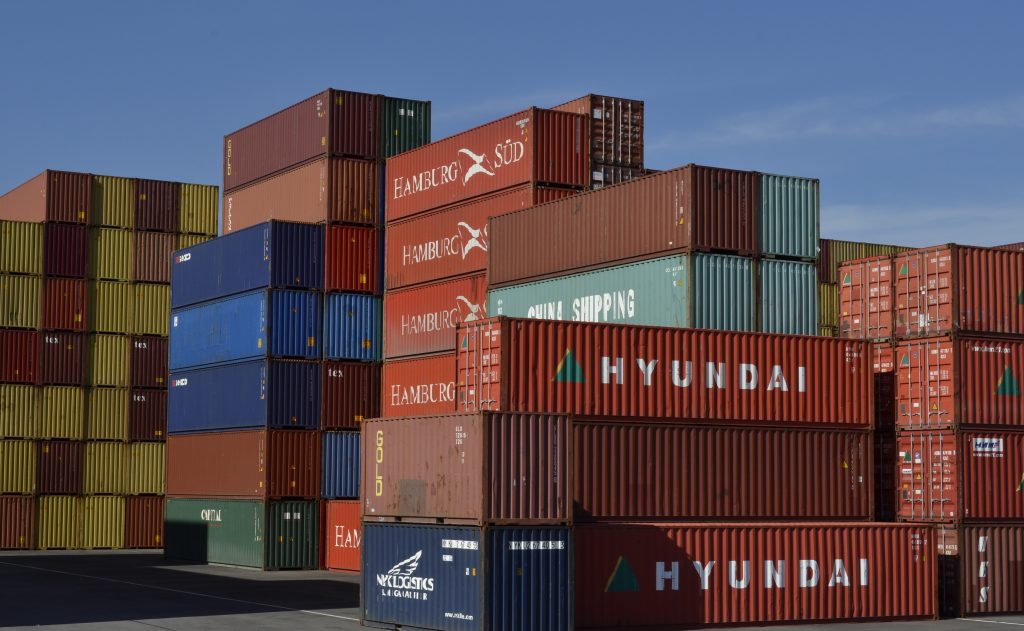
We’ve reached a point where it’s no longer pertinent to talk about the rising use of big data and real-time analytics because it’s already widely accepted in the industry.
In fact, it has become a staple of modern operations. About 81 percent of manufacturers are relying on real-time monitoring tools to continually improve their processes.
The question then is not if and when this technology is taking hold — it’s how. What real-time equipment and plant monitoring logistics trends are taking hold in the current industry? Which ones are bigger than others, and in what ways are they transforming modern operations?
Here are five examples.
1. Real-Time Order Tracking and Freight Management
In the good old days, goods and order tracking didn’t start until the items reached a certain point in the supply chain. This has a slight impact on the end customer, but it’s more significant for other parties involved.
Thanks to IoT and smart sensors, manufacturers can now begin tracking right from the plant floor. Items can be followed from their initial development to distribution or sale. Individually, this allows objects to be monitored on a more precise level. Collectively, it enables supply chain partners to keep an eye on entire freight loads or waves.
Retailers at the end of the chain remain more informed about incoming supplies, such as when they’ll be ready or when they’ll arrive. Distributors know when they’ll be transferred, so they can plan their fleets and storage accordingly. It syncs up the entire supply chain network.
If there is a problem like contamination or defects, the items can be immediately located and pulled from the chain. More importantly, this can be compared to ongoing operations to better understand what happened, meaning what caused the incident.
2. Real-Time Operations Adjustments to Improve Efficiency
In manufacturing, before putting a new process into play, managers will often decide upon a certain output, both in regards to totality and regular goals to be met. Generally, this relates to supply and demand. The lower the supply but the greater the demand, the higher the overall output needs to be.
 But up until recently, it has been closer to a guessing game trying to get these numbers correct — at least initially. Once there are sales and performance numbers, it’s easier to make a prediction based on how many units should be produced. Real-time monitoring devices and incoming data make this more accurate than ever.
But up until recently, it has been closer to a guessing game trying to get these numbers correct — at least initially. Once there are sales and performance numbers, it’s easier to make a prediction based on how many units should be produced. Real-time monitoring devices and incoming data make this more accurate than ever.
More importantly, the real-time information coming in allows management to make minor adjustments to the development or operations cycle that could have an enormous impact. This could be related to increasing or decreasing output, or even swapping processes and adjusting existing ones.
Ultimately, the point is to optimize operations not just through one-off adjustments but a continuous cycle of improvements.
3. Optimized Equipment Usage
Manufacturing and development equipment — not excluding comprehensive systems — tends to be expensive. Even a minor event that requires maintenance can have a significant impact on output, sometimes even delaying work.
Real-time monitoring tools and sensors can be used to gain valuable insights into the installed equipment. The data helps to prolong its life, as well as predict maintenance or repair requirements. It’s then possible to deliver more accurate preventative maintenance to operational equipment, cutting down on outages or delays if not eliminating them outright.
More importantly, the machinery lasts longer and remains effective for longer, driving up the Return on Invested Capital (ROIC).
 4. Higher Quality Goods Production
4. Higher Quality Goods Production
With everything else being improved from general operations to the equipment in use, so will the inventory being produced. Machines become more accurate and precise not just when it comes to improving total output, but developing certain components and items.
The culture of continuous improvement allows a manufacturer to stay on top of their game, ultimately streamlining the development of certain goods.
The end customer benefits because manufacturers are deploying smarter, more effective systems that contribute to overall improvements, including the goods themselves. The result is a higher-quality product without a hike in price. But it’s also one that retains that quality throughout its entire life cycle.
5. Highlighting New Opportunities
With an influx of performance data, manufacturers now have the opportunity to identify areas of change and improvement. This goes beyond upgrading existing machinery or devices. They can implement entirely new processes to improve the product, boost efficiency or lower operating costs altogether.
A great example of this is piezoelectric actuators and sensors, which are now being used in a growing number of industrial applications from ultrasonic cleaning and welding, to electromechanical relays or switches.
Improved Manufacturing and Logistics Through Real-Time Monitoring
At this point, it’s clear that real-time monitoring applications will have and already have a significant impact on manufacturing and logistics as a whole. Not only they do provide a swath of insights and data about performance, but they can help promote a culture of continuous improvement.
The stream of incoming data can make both minor and major adjustments on the fly, hopefully improving the outcome for various operations. This is a direct contrast to past strategies, which involved making changes after the fact with the added effect of influencing entire stocks of goods.
Today’s average production cycle is faster, smarter and better than ever before.
It translates to improvements for all involved, including everyone along the supply chain and the end customer.


















